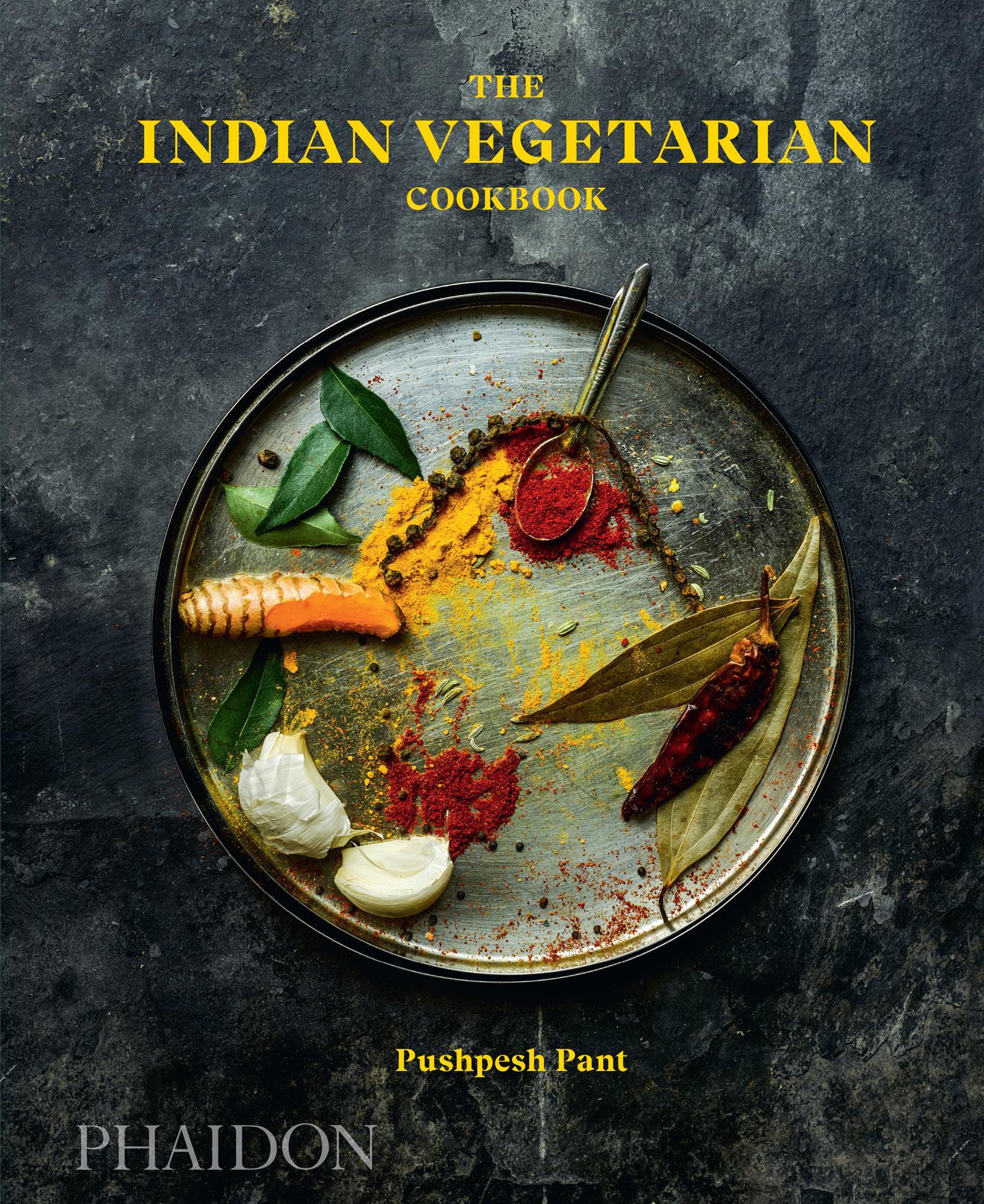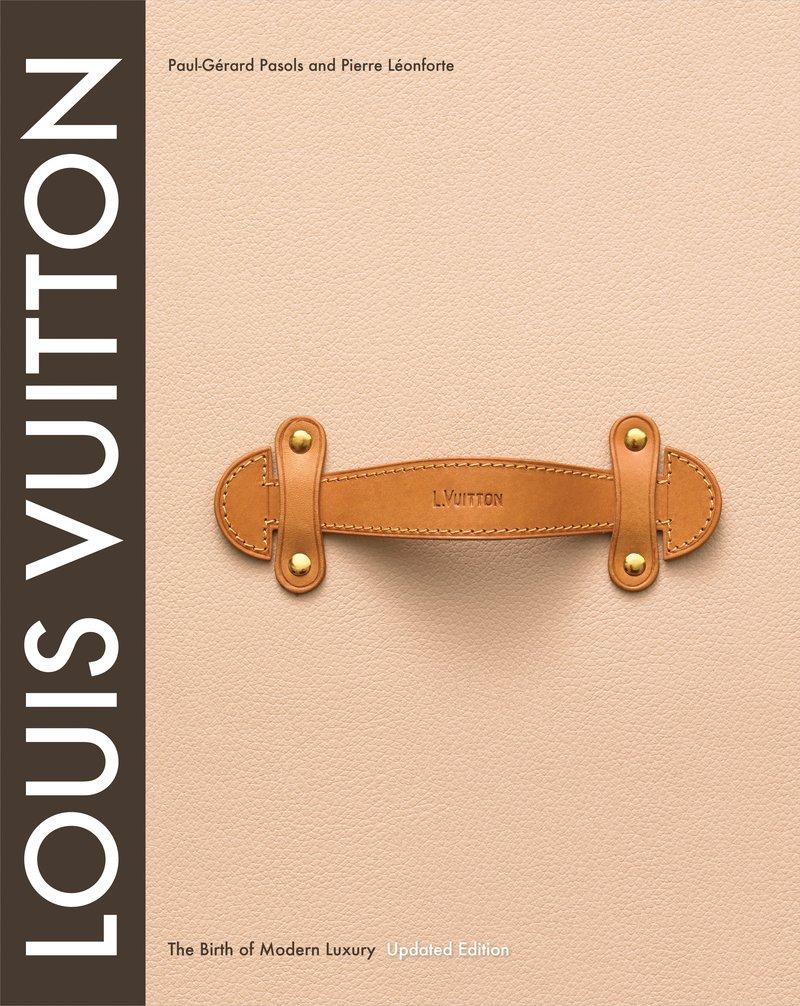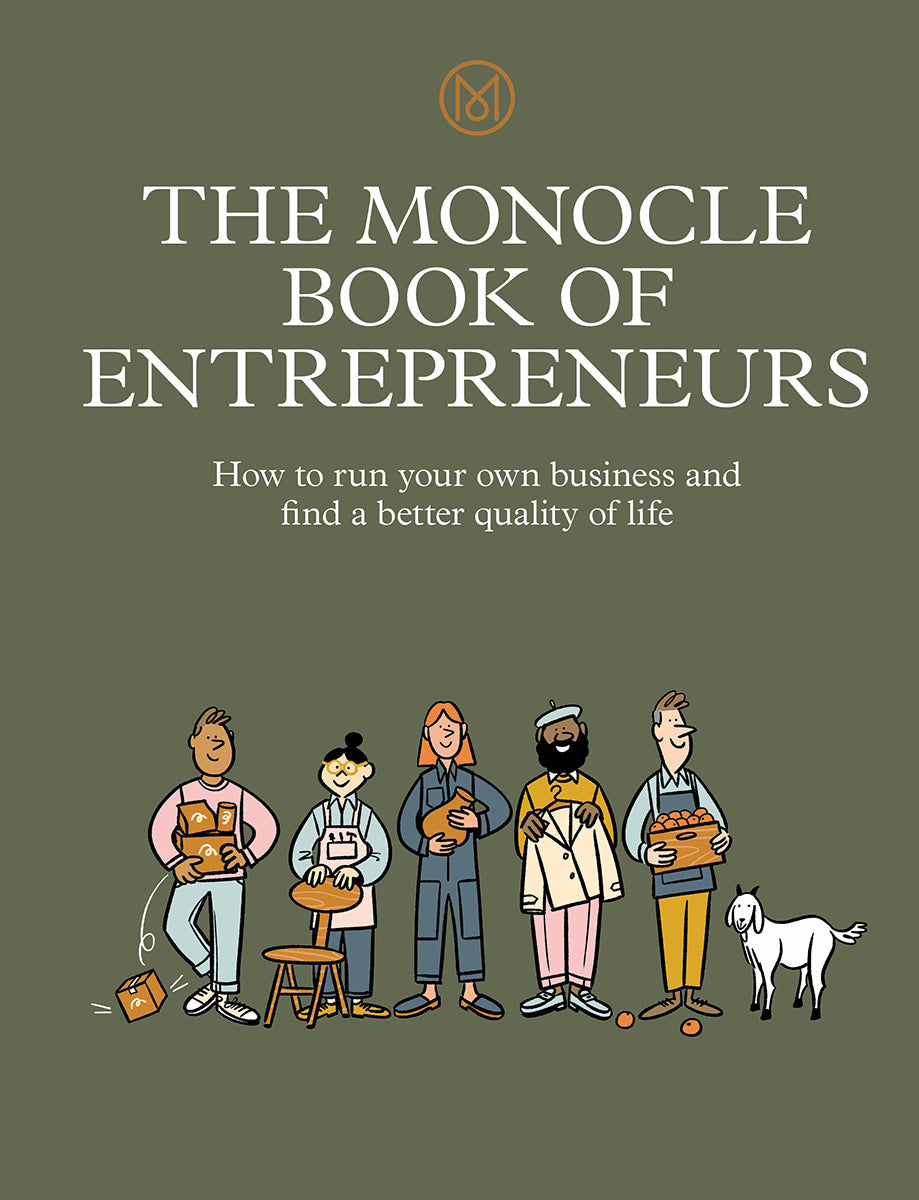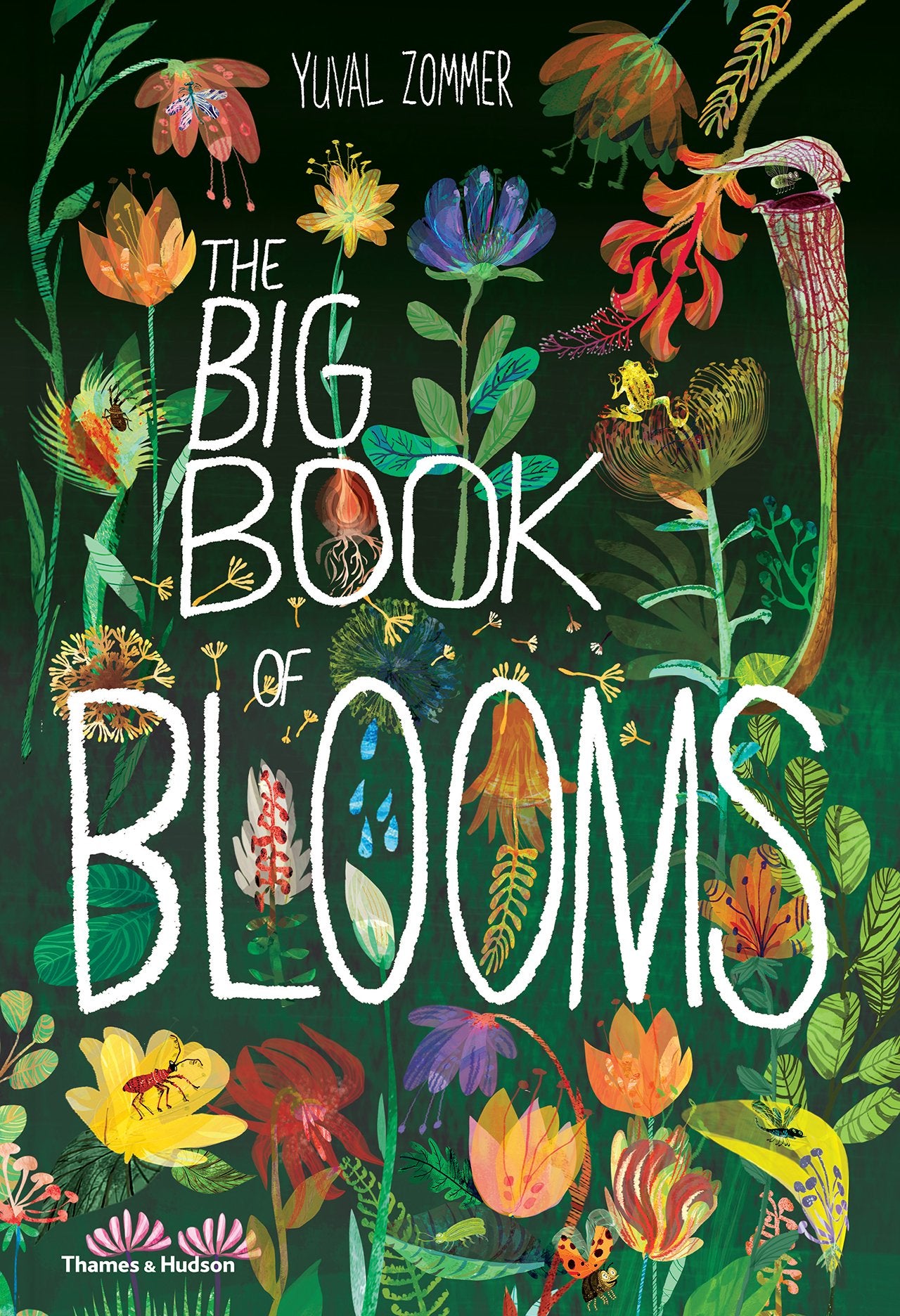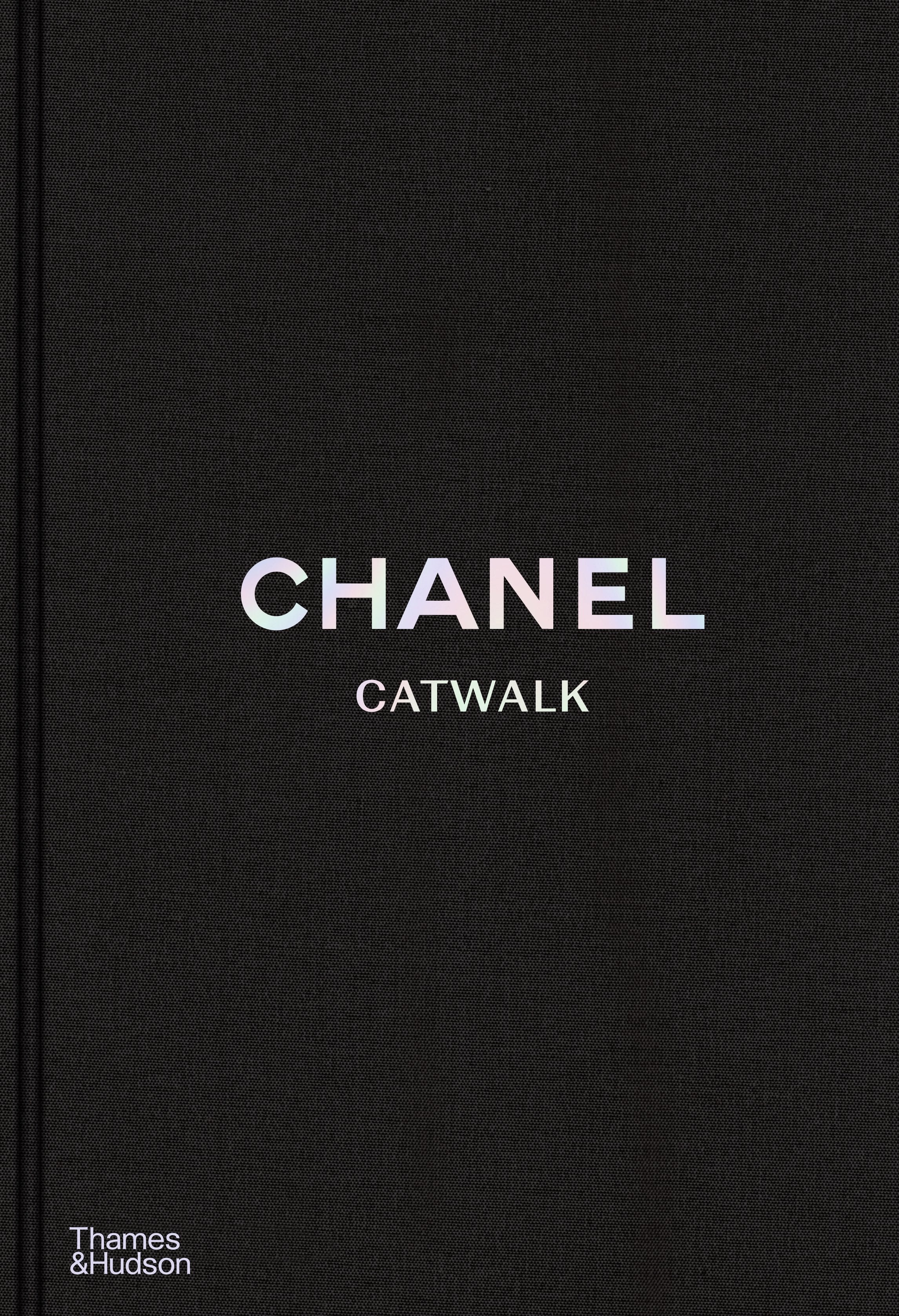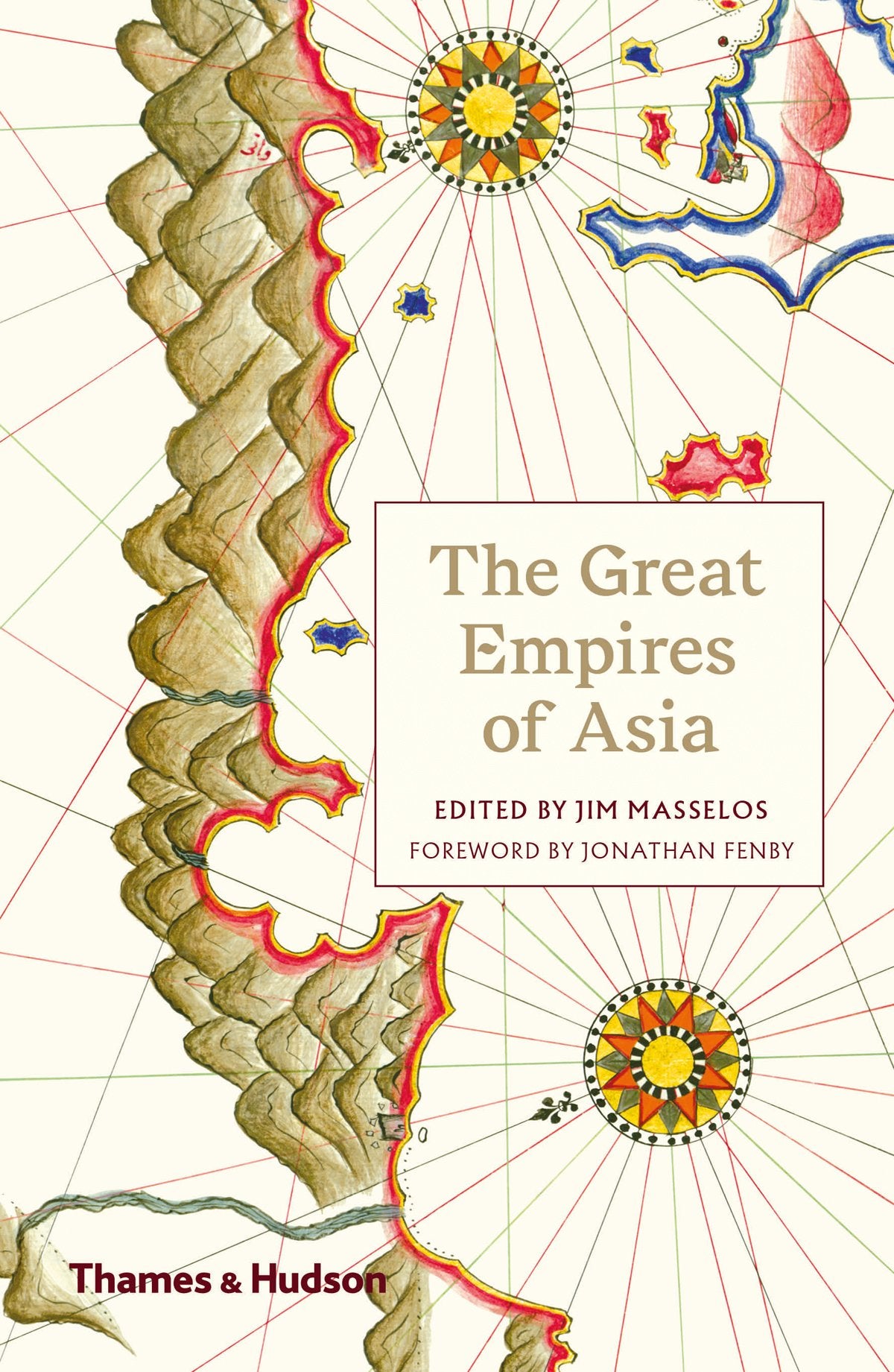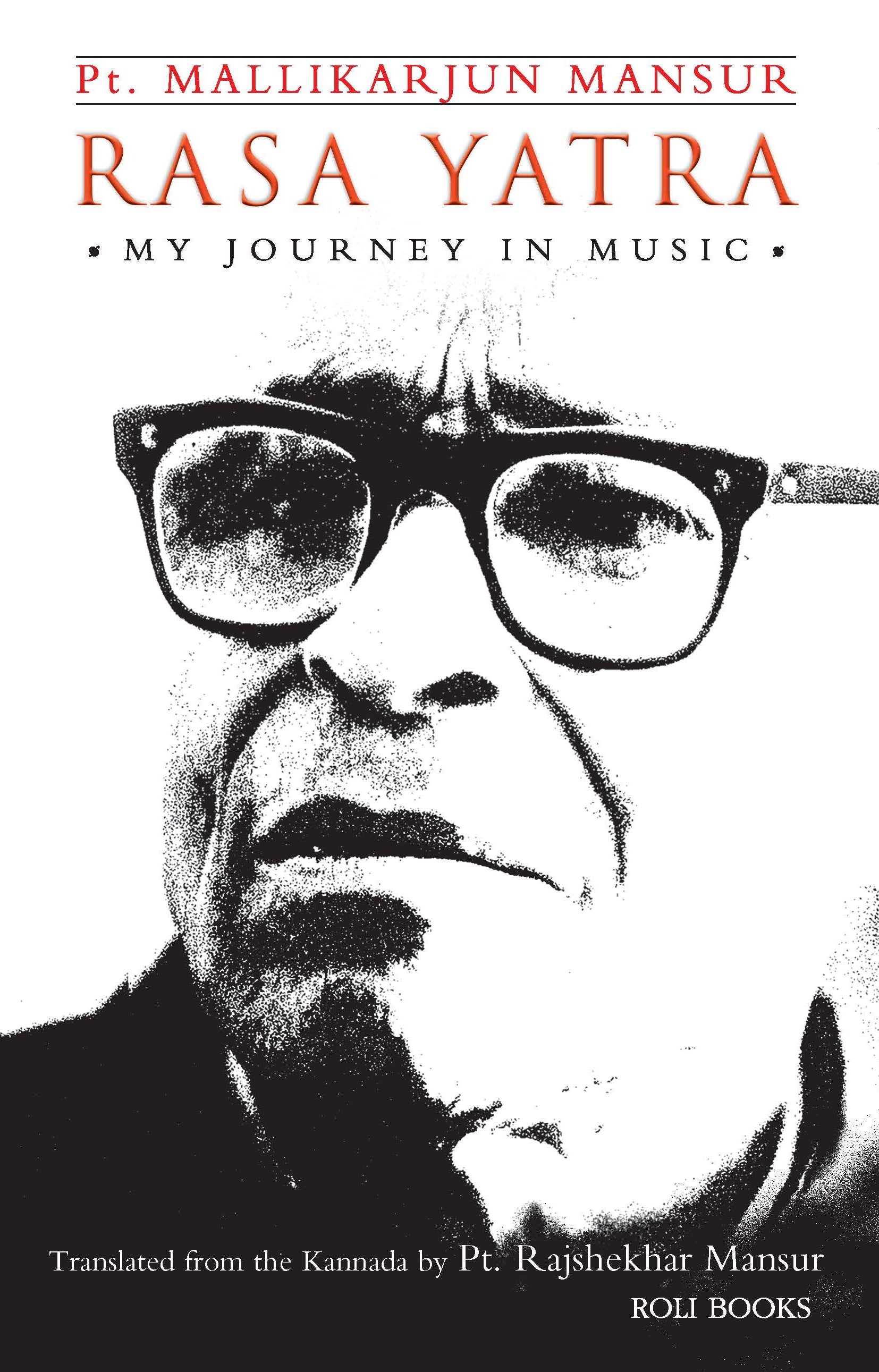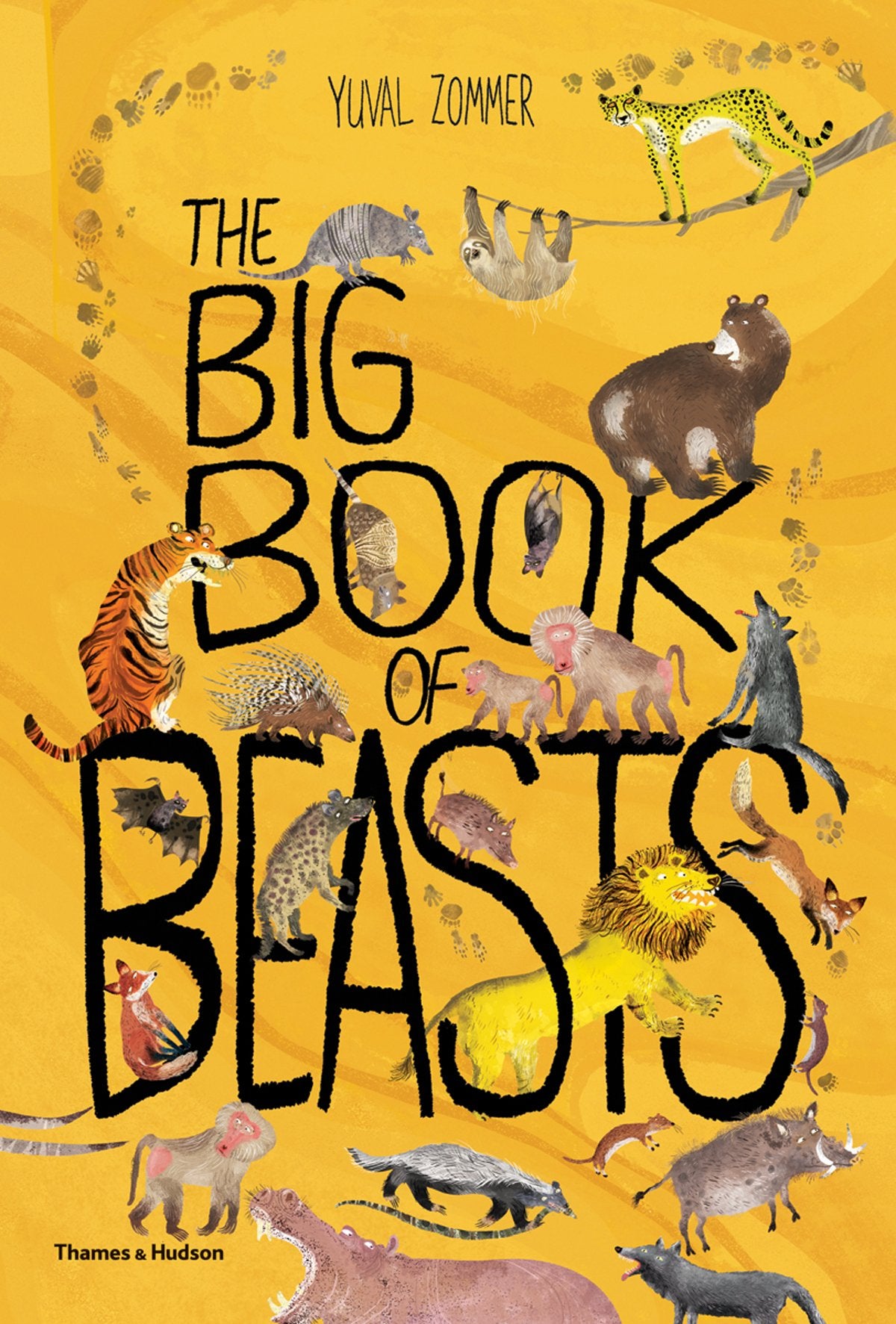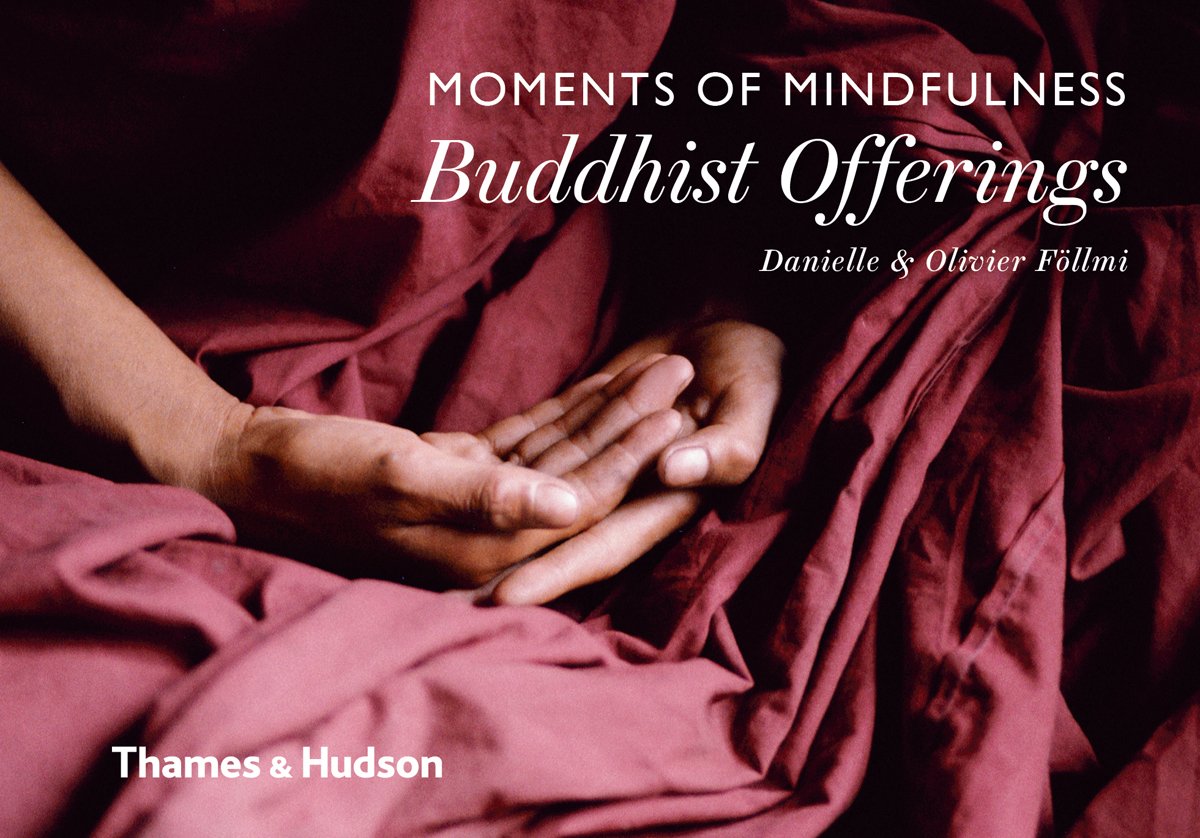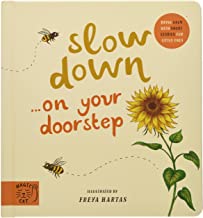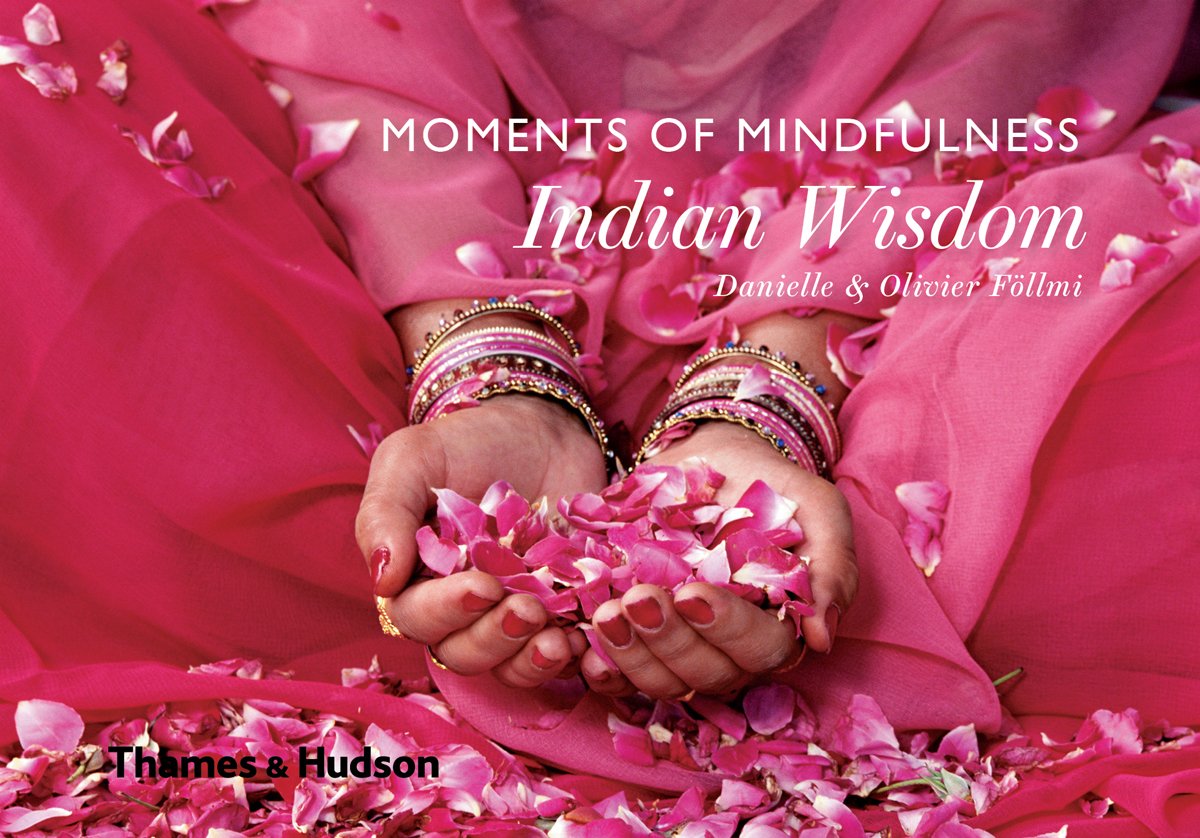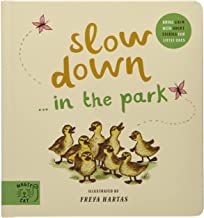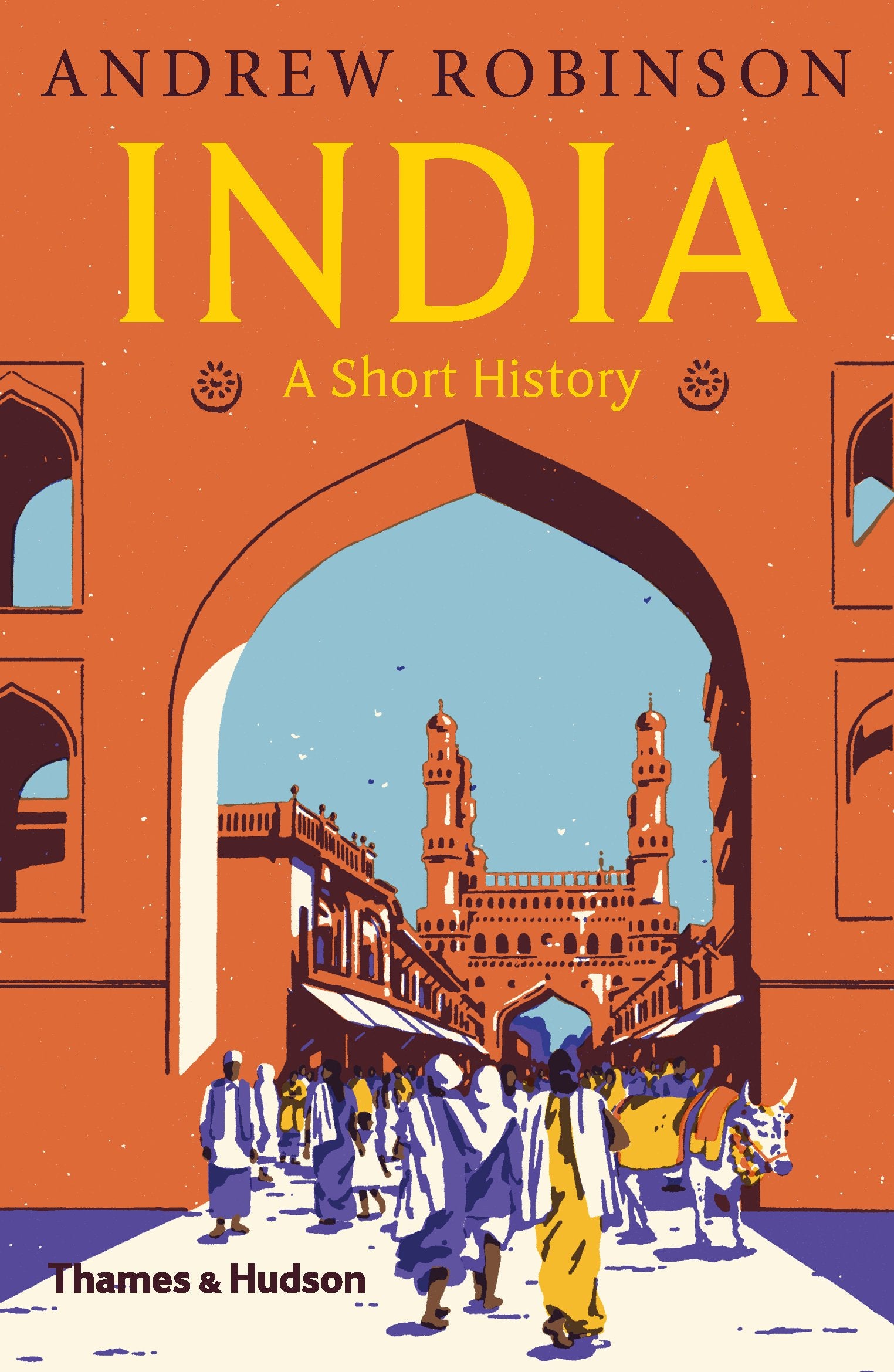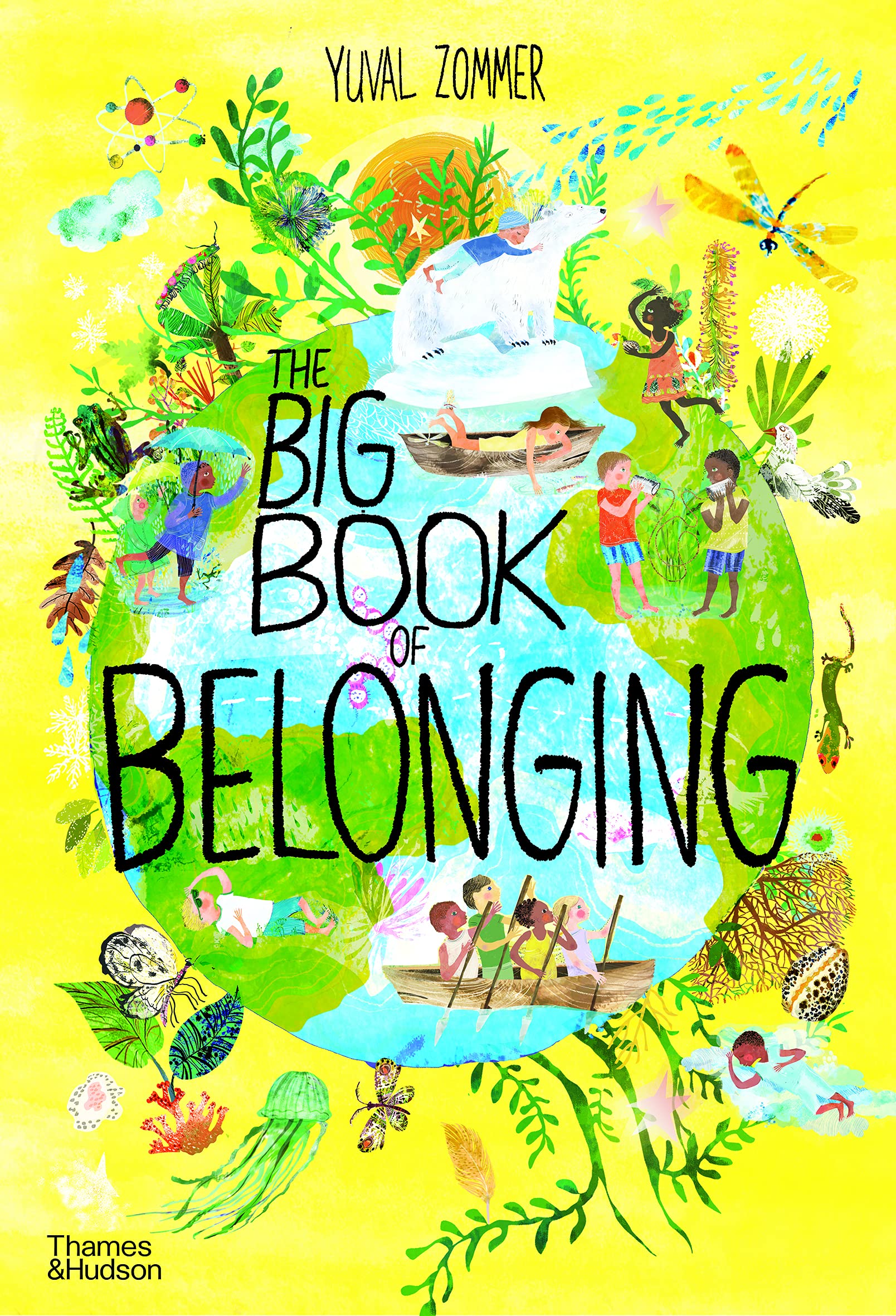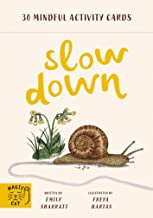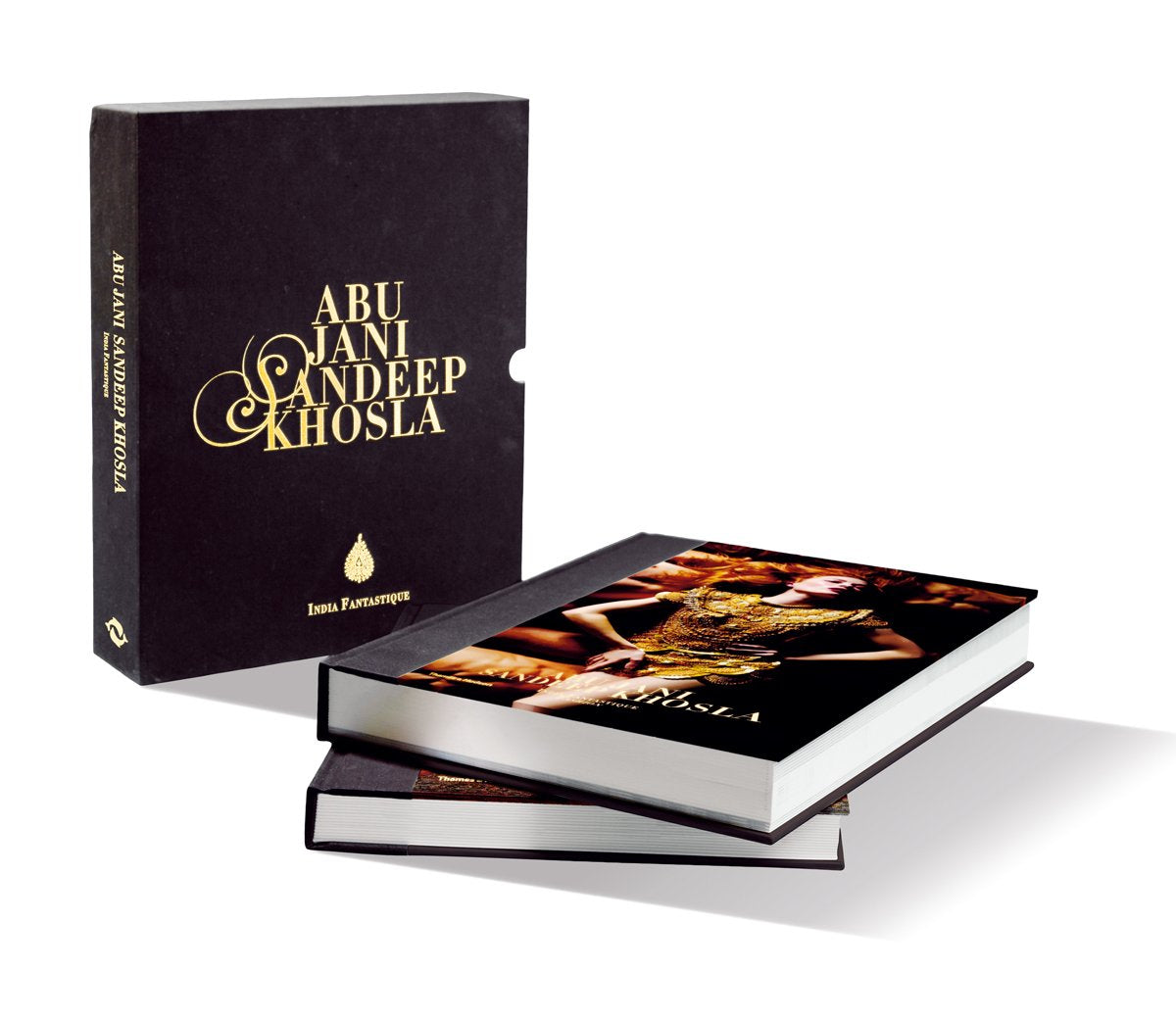The Story of Tea
E-Jaiwant Paul
The Story of Tea traces the history, myths and rituals of growing and drinking tea from the tea gardens of China to the roadside dhabas of India. Thomas Garraway’s first public sale of tea in England in 1657 was of historic importance. For this he published and distributed a poster …
“The leaf is of such known virtues ... that it is sold for twice its weight in silver. It maketh the body active and lusty. It helpeth the headache, giddiness and heaviness thereof. It is very good against stone and gravel, cleaning the kidneys and ureter.
It is good against crudities, strengthening the weakness of the Ventricle or Stomack, causing good appetite and Digestion and particularly for men of a corpulent body and such as are great eaters of flesh.…
It prevents and cures ague, surfeits… and fevers, by infusing a fit quantity of the leaf, thereby provoking a most gentle vomit…
It drives away all pains in the Collick proceeding from wind and purgeth safely the Gall…”
So said Thomas Garraway and, indeed, many believed him!
E. Jaiwant Paul was a man of varied interests, having authored various books, including Rani of Jhansi, Annals & Antiquities of Rajasthan, Baji Rao, Har Dayal: The Great Revolutionary (co-author Mrs Shubh Paul), Arms and Armour: Traditional Weapons of India, The Unforgettable Maharajas, and The Greased Cartridge. He was on the expert panel on weapons for several museums of Rajasthan. A hardcore corporate, he worked for Hindustan Unilever and was also Director of Brooke Bond, India. He headed the National Mineral Water Company in Muscat, Oman and served as director of a few companies.

















